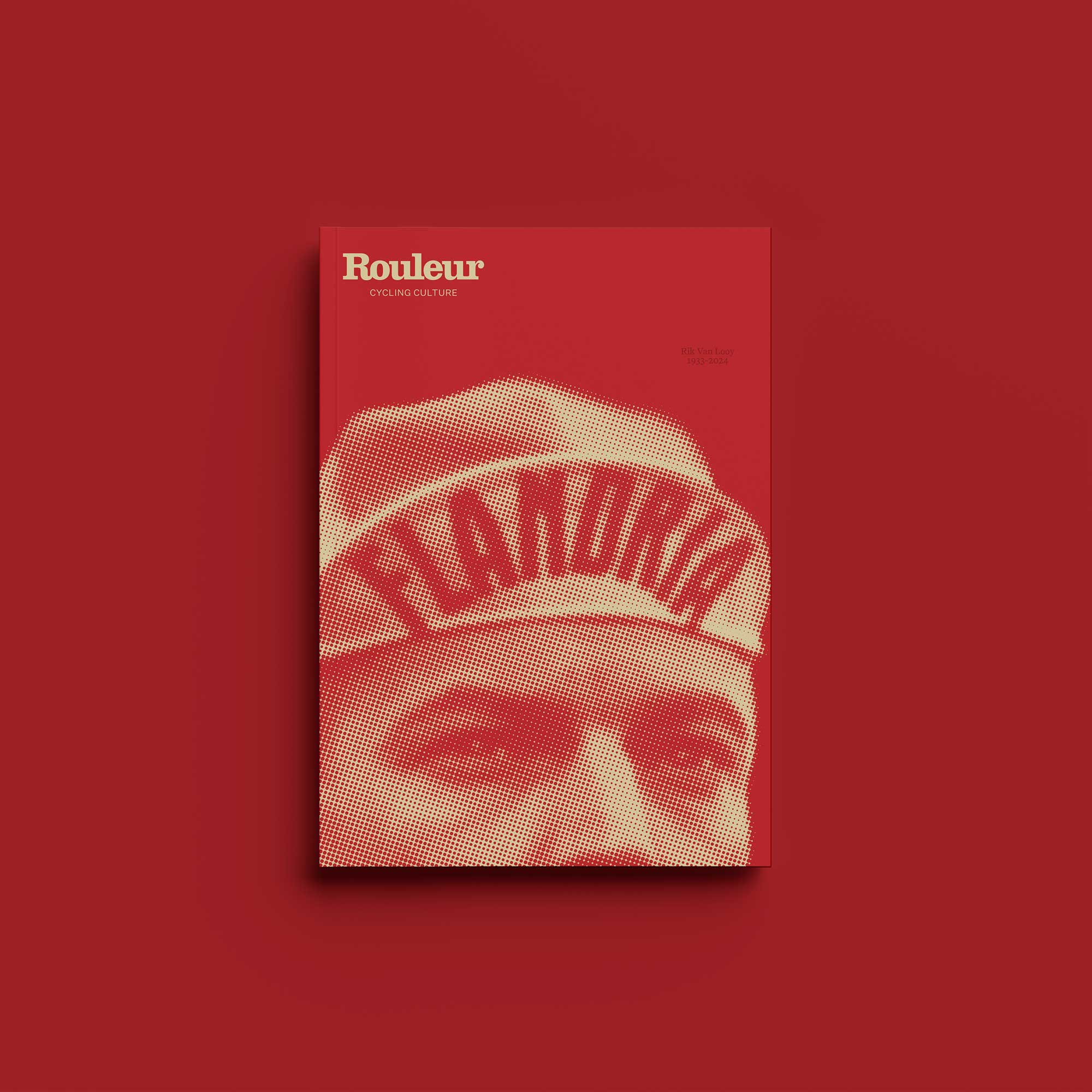
The way they crossed the finish line shivering and caked in grit from the wet, slippery roads was the same. They’d all left little pieces of their souls on the bergs and cobbles of Northern Belgium today, and they all wore looks on their faces that told us they would remember this race for a long time. Each rider had shown fight, passion and determination in the brutal conditions, but in the men’s and women’s editions of the 2024 Tour of Flanders, the results of these efforts manifested themselves in starkly different ways.
When Mathieu van der Poel rode away from the peloton on the Koppenberg, his rainbow jersey splattered with mud from the greasy ground, there was a unique and quiet sense of acceptance among those watching. There he goes, was the collective conscious in the press room, that’s the race winning move. There were discussions about the world champion’s incredible skill, the way he floated over the cobbles with apparent ease as others flagged behind him, unable to get a literal or figurative grip on the tricky terrain. People rightly allowed themselves to sit back, watch and enjoy the spectacle of Van der Poel’s supremacy. It was one way of appreciating the bike race.

As the world champion stood on the finish line Oudenaarde and lifted his Canyon bike in the air to celebrate his third Ronde van Vlaanderen victory, the women’s peloton were tackling the roads that the Dutchman had just conquered. We’d known that Van der Poel was going to win long before the final throes of the men’s race, but the finale of the women’s race painted a different picture entirely.
At that time, in what felt like an almost parallel universe, pre-race favourite Lotte Kopecky had missed the decisive move on the Koppenberg, she and her SD Worx teammates were scrambling to reestablish their usually-dominant presence at the front of proceedings. Meanwhile, Lidl-Trek, UAE Team ADQ and Canyon//SRAM riders were launching attacks up the road, doing everything they could to ensure that Tour de France Femmes winner Demi Vollering would not make contact with the breakaway which contained her teammate Kopecky, so that the world champion would have to close down the attacks of others herself.
The Kwaremont hit, then the Paterberg, and the race situation was constantly dynamic – a fluid and changing shape whereby the rider who looked to be in the best position for victory was different each time another kilometre was ticked off.
When Canyon//SRAM’s Kasia Niewiadoma found herself in a trio with two Lidl-Trek riders in the approach to the line, talk buzzed around the press area about how the Polish rider should play it. Did she trust her sprint? Should she try an attack? Would Elisa Longo Borghini take her to the finish line, or launch moves and force Niewiadoma to close them down? The race was gripping right up until the moment the Italian champion eventually edged her wheel in front of Niewiadoma and punched towards the cloudy, spitting Belgian sky with unfiltered joy. We’d all been on the edge of our seats until the chequered flag was raised. It was a different way of appreciating the bike race.

The experience that each Tour of Flanders offered spectators today between the men’s and the women’s races was a perfect example of the complications and nuances of professional cycling. Though the riders had all suffered the same, both races stood as two very different events with two very different outcomes.
Which was better or worse is simply a matter of opinion, but I’m not sure if it’s relevant at all. As the skies now darken in Flanders, and the spectators begin to feel the impacts of a few too many bottles of Duvel, and the journalists write their articles, and the riders sink into some well-deserved rest, we can all be grateful to be bearing witness to a historic era of cycling,






























